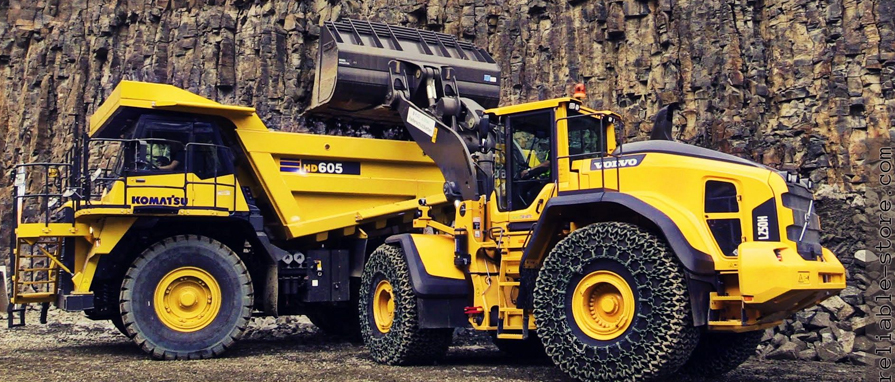All About Proximity Detection Systems and Alert Systems: Safeguarding You
In today’s environment, everyone places a premium on safety. People desire to feel safe in all environments, including their jobs and public areas. Using proximity detection and alarm systems is one method of ensuring safety. These devices are intended to keep people safe by notifying them when they are close to a possible threat. In this post, we’ll go over the fundamentals of proximity detection and proximity alarm systems, as well as how they may assist in safeguarding you.
Understand Proximity Detection Systems.
Proximity detection systems use many technologies to detect the presence of an object or person near a sensor, such as RFID, infrared, and ultrasonic sensors. The cutting-edge technology maintains worker safety near heavy gear and equipment, and these systems are extensively employed in industrial contexts such as mining, building, and manufacturing. Additionally, proximity detection systems can be used in transportation systems such as trains and buses to alert drivers when pedestrians or vehicles are approaching too closely. Depending on the type of proximity sensor, the sensor may use sound, light, infrared radiation (IR), or electromagnetic fields to identify a target.
Know About Proximity Alert Systems.
Proximity alert systems are designed to be helpful warning systems for those close to potential dangers. These systems feature sensors attached to clothing or equipment that emit an alert when an individual is too close to a danger zone. For instance, these systems can be used on construction sites to alert workers when they are getting too close to a hazardous area or in healthcare settings to alert caregivers when they are inching closer to a patient with an infectious disease.
The Perks of Proximity Detection and Alert Systems
Proximity detection and alert systems are like a safety net for safety-conscious individuals and organizations. Not only do they help reduce the risk of accidents and injuries, but they also help workers move more freely in industrial settings and allow caregivers to focus on providing quality care in healthcare settings. These systems are like guardian angels, letting you know when you’re getting too close to danger and allowing you to focus on the task.


